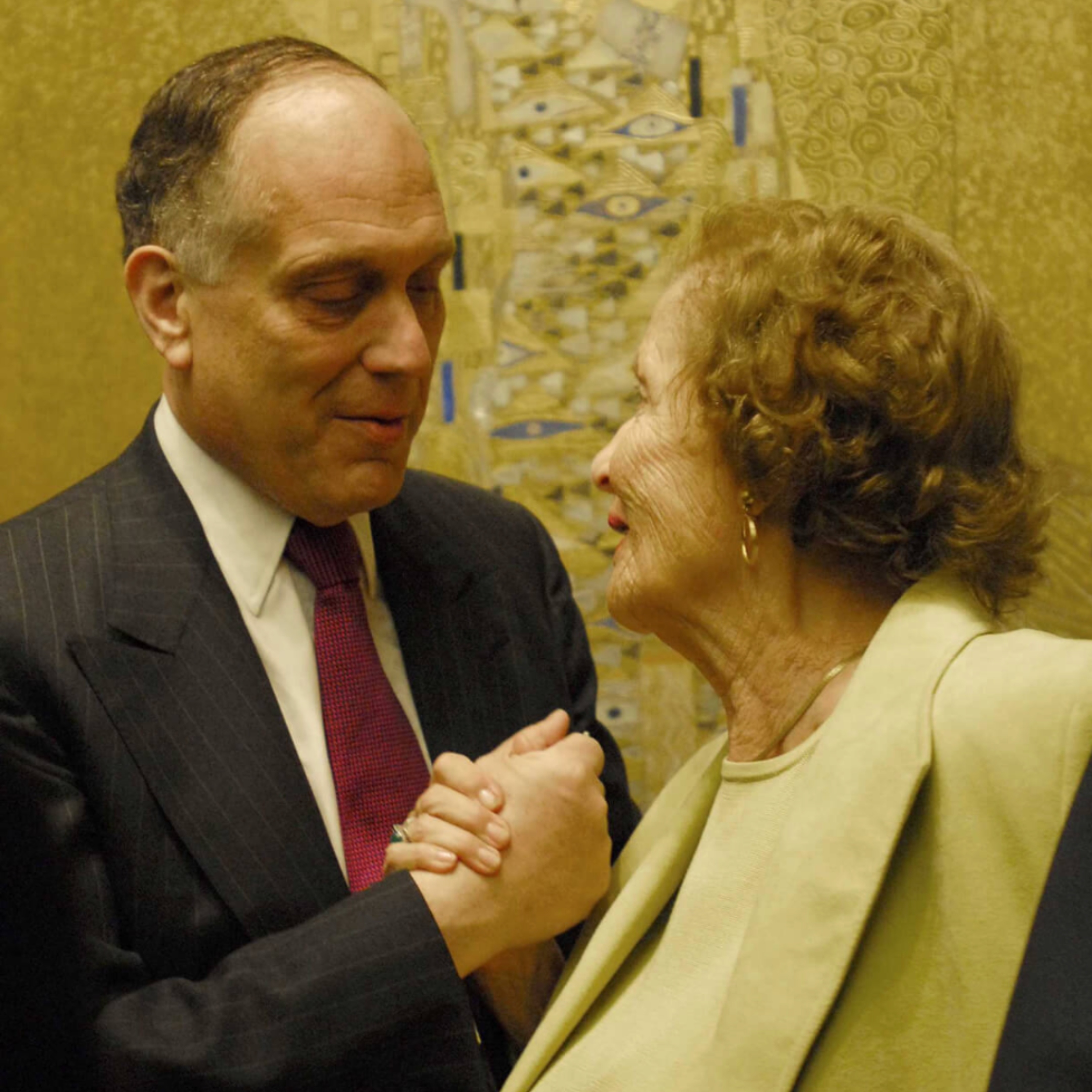The Legend of Neue Galerie's Woman in Gold:
Neue Galerie New York was founded through the partnership of art dealer Serge Sabarsky and businessman Ronald S. Lauder. Their shared passion for early twentieth-century German and Austrian art led them to dream of a museum dedicated to these works. Following Sabarsky's death in 1996, Lauder pursued their vision, and Neue Galerie New York opened in 2001 as a tribute to his friend.
The museum aims to integrate with New York City's cultural scene while focusing on early twentieth-century German and Austrian art. It seeks to rejuvenate interest in Germanic culture and make these artworks accessible for both scholarly research and public enjoyment. The museum's building, designed by Carrère & Hastings in 1914, has a storied past, having housed various prominent occupants before becoming Neue Galerie's home.

Among its many treasures, Gustav Klimt’s Portrait of Adele Bloch-Bauer I (1907), also known as "Woman in Gold," stands out as a masterpiece of his "Golden Style." This portrait of the Jewish socialite Adele Bloch-Bauer captures her beauty and sensuality amidst a backdrop of intricate gold patterns and exotic motifs. The painting symbolizes modernity and a bold new cultural identity. Klimt began the portrait in 1903, initially intended as a gift for Adele's parents. His slow, meticulous process delayed its completion until 1907. Influenced by a visit to the Church of San Vitale in Ravenna, Italy, Klimt incorporated Byzantine mosaic styles into the work. Adele is adorned with jewelry and a gown embellished with eye motifs and golden triangles, her hands positioned to conceal a disfigured finger. This painting is considered the pinnacle of Klimt’s golden period.
The painting's history took a dramatic turn when the Nazis annexed Austria in 1938 and seized the Bloch-Bauer family's assets. Ferdinand Bloch-Bauer fled to Switzerland, bequeathing his estate to his nieces and nephew, including Maria Altmann. Altmann fled to California in 1938, and for decades, lived without hope of recovering her family's looted art. In 1998, documents revealed that Ferdinand intended his collection, including Klimt's works, for his heirs. Altmann pursued legal action, culminating in a U.S. Supreme Court case and a 2005 arbitration ruling that returned the paintings to her family. Ronald S. Lauder then acquired Portrait of Adele Bloch-Bauer I for Neue Galerie, where it became a central piece of the collection.
The story of "Woman in Gold" from Vienna to New York is as captivating as the artwork itself. Maria Altmann’s determined legal battle ensured this masterpiece could be appreciated by the public at Neue Galerie, standing as a testament to both Klimt’s brilliance and the resilience of those who fought to reclaim their heritage.






